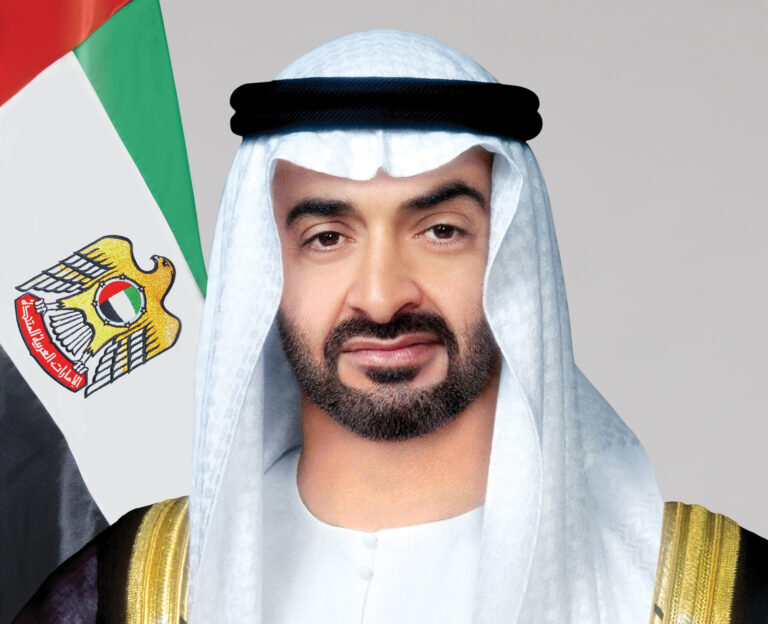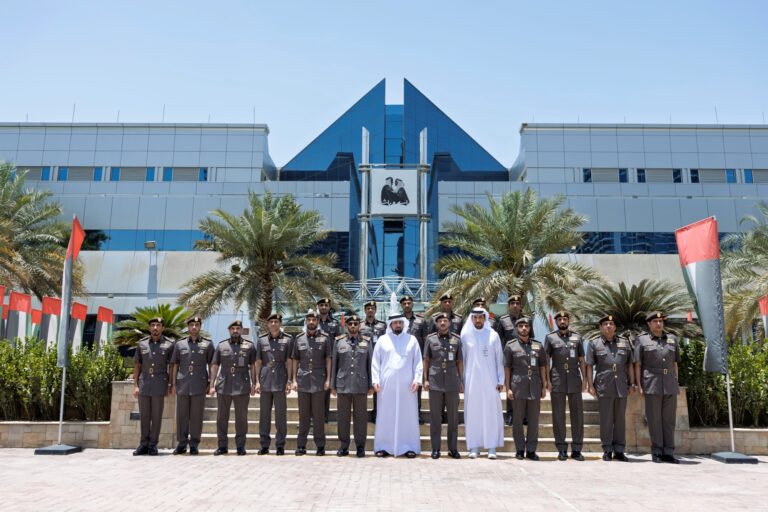Tesla CEO Elon Musk took the stage at a much-anticipated event on Thursday to reveal a new two-door robotaxi. The sleek vehicle, equipped with gull-wing doors and notably lacking a steering wheel or pedals, marks a bold step toward Tesla’s vision of fully autonomous cars. This showcase is in line with Musk’s long-held promises that autonomous technology will drive the company’s future growth.
Arriving on stage in what he called a “Cybercab,” Musk announced that production for the robotaxi will begin in 2026, with prices starting at less than $30,000. “The autonomous future is here,” Musk declared. “We have 50 fully autonomous cars here tonight. You’ll see model Ys and the Cybercab. All driverless.”
The Cybercab, he revealed, will cost just 20 cents per mile to operate, using inductive charging without requiring any physical plugs. The vehicle will rely solely on cameras and artificial intelligence, avoiding the expensive lidar and radar hardware often used by other companies in the autonomous vehicle market.
In addition to the two-door robotaxi, Musk introduced a larger self-driving vehicle called the “Robovan,” capable of carrying up to 20 passengers. Tesla’s Optimus humanoid robot also made an appearance at the event, showcasing the company’s growing emphasis on AI and robotics.
The event, titled “We, Robot,” took place at Warner Bros. Studios near Los Angeles, California, and appeared to pay homage to Isaac Asimov’s “I, Robot” stories. Musk reiterated that Tesla should be viewed as an AI robotics company rather than just a car manufacturer. The event drew significant attention on social media, with invites and speculation circulating for weeks in advance. Investors, analysts, and Tesla fans filled the audience.
Despite the excitement, some investors were left wanting more concrete timelines for the release of these advanced technologies. Dennis Dick, an equity trader at Triple D Trading, commented, “Everything looks cool, but not much in terms of timelines. I’m a shareholder and pretty disappointed. I think the market wanted more definitive timelines. He didn’t give much info.”
Missed Promises and Future Challenges
Musk’s grand vision for self-driving vehicles is not without its challenges. In 2019, he confidently predicted that Tesla would have operational robotaxis by the following year. However, after several delays, Musk has now refocused efforts on developing these vehicles, scrapping earlier plans to produce a smaller, cheaper car that many believed was necessary to meet rising demand for electric vehicles (EVs).
Tesla has been facing its own struggles in the competitive EV market. The company is at risk of posting its first-ever annual decline in deliveries, as customer interest wanes due to high interest rates and an aging lineup of models. Steep price cuts meant to boost demand have also squeezed profit margins.
The autonomous vehicle market itself remains a tough space to crack. Tight regulatory scrutiny and complex technology have resulted in billions of dollars in losses for other companies attempting to develop robotaxi fleets, with some even shutting down their operations. Competitors like General Motors’ Cruise, Amazon’s Zoox, and Chinese firms such as WeRide are still pressing forward with their own efforts, but progress has been slow.
Unlike most of these competitors, Tesla has opted not to use costly hardware like lidar, relying solely on cameras and AI to power its Full-Self Driving (FSD) system. However, FSD has been under regulatory scrutiny, especially after at least two fatal accidents involving the technology. FSD currently requires constant driver attention, which has raised legal and safety concerns, adding to the hurdles Tesla faces in its autonomous vehicle ambitions.
Despite the setbacks, Musk’s vision for Tesla remains as ambitious as ever. The unveiling of the new robotaxi and Robovan signal the company’s continued push toward making autonomous driving a reality, with plans to operate a fleet of self-driving Tesla taxis that users can hail through an app. Tesla owners could also potentially earn income by listing their cars as robotaxis on the platform.
As Tesla moves forward with its autonomous ambitions, only time will tell whether the company can overcome the technological, regulatory, and market challenges it faces. But for now, the future of self-driving cars seems a little closer.












+ There are no comments
Add yours